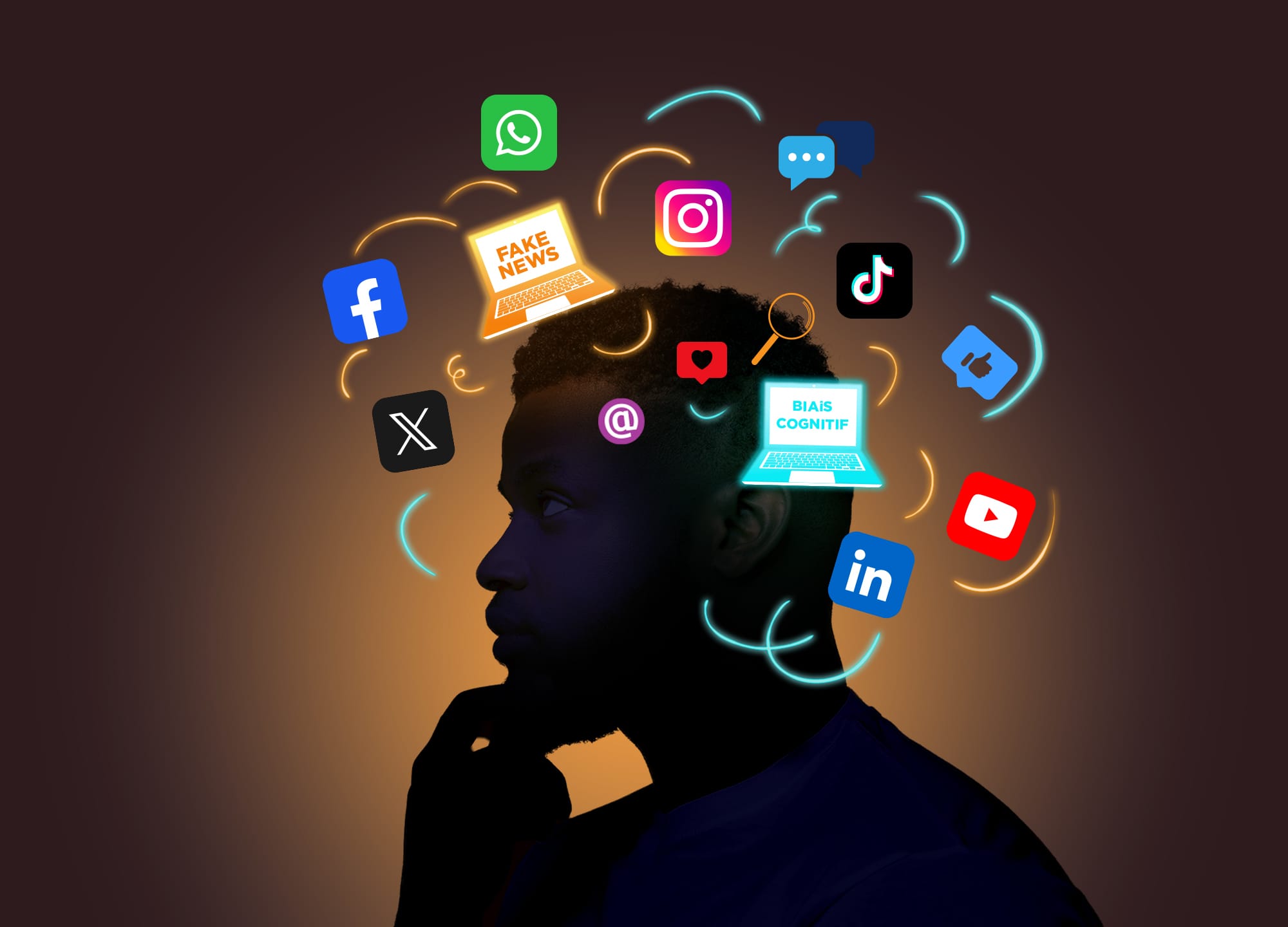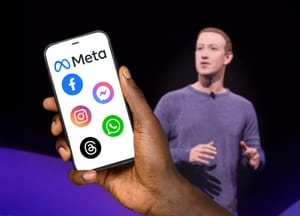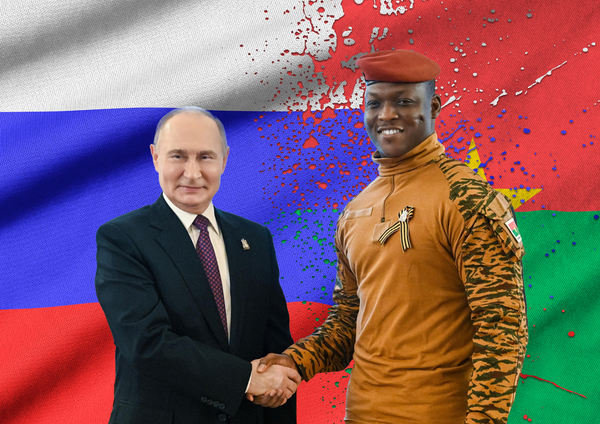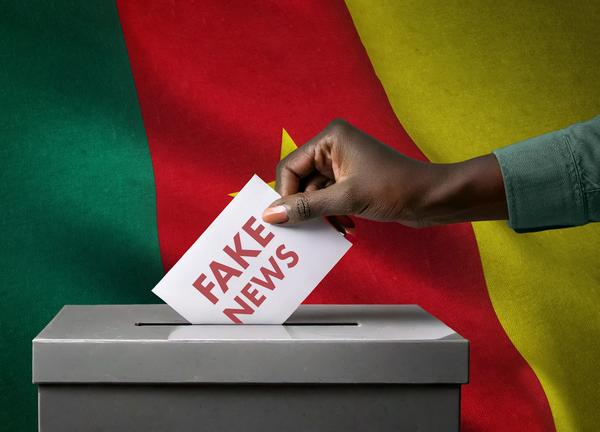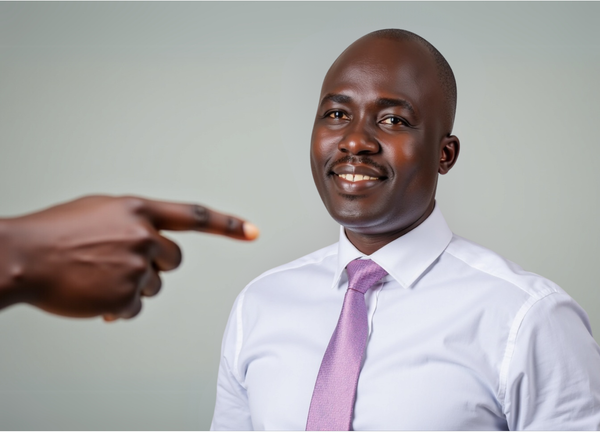Among the powers of manipulation of information on finds that of the use of cognitive biases. A cognitive biai s is a mental shortcut which pushes us to make a hasty decision. This phenomenon influences each choice, decision and interaction of an individual. Since the arrival of the Internet and the omnipresence of social networks, its impact is all the more substantial. The dissemination of information is no longer controlled, the lack of online sources pushes individuals to trust their cognitive biases. This can greatly alter the judgment in the face of a fake news .
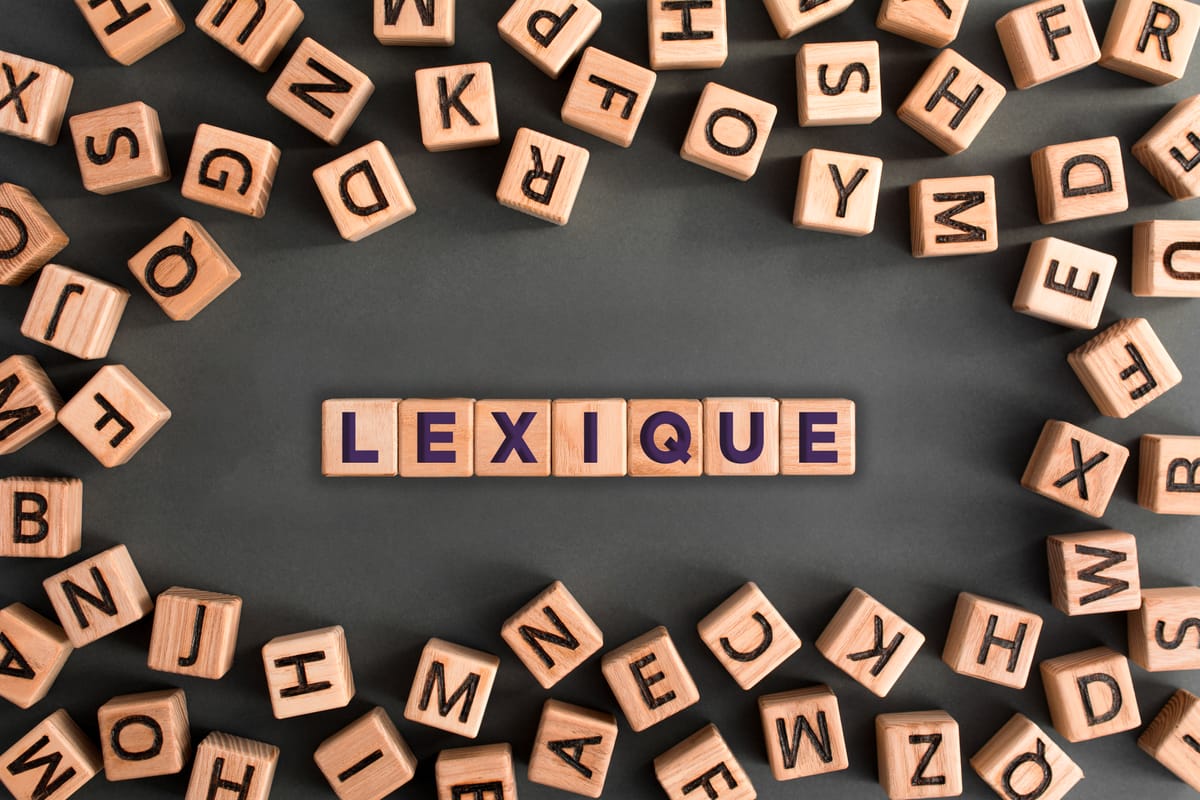
Understanding cognitive biases
To better understand this phenomenon, return to the mental path carried out by information perceived by the brain. The cortex receives information and questions its quality. This information first goes through "rapid thought", that is intuition, which will issue a first judgment. It then crosses "slow thought", the role of which is to verify the suggestion of intuition. At the end of this journey, cognitive biases are the result of too much influence of rapid thought on slow thought.
This often stems from preconceived ideas, beliefs and prejudices linked to the past experience of the person, or from a lack of knowledge on the subject. In fact, these biases are involuntary ... "Our neurons keep creating bridges between our past and our future, between what we have seen, learned and what we can project from this experiences and knowledge" explains the researcher in neuroscience, Pascale Toscani. In other words, humans have a penchant for information confirming their own beliefs. Conversely, he will tend to reject those who oppose it.
Protect yourself from the main cognitive biases
In 2023, a study on critical thinking in the face of disinformation was carried out at Cheikh Anta Diop University in Dakar. Led by the teacher and researcher in information sciences, Sylvestre Kouassi Kouakou, she ends with a " tendency to trust the personal experiences or opinions of parents, religious authorities and cyberactivists to justify the arguments ".

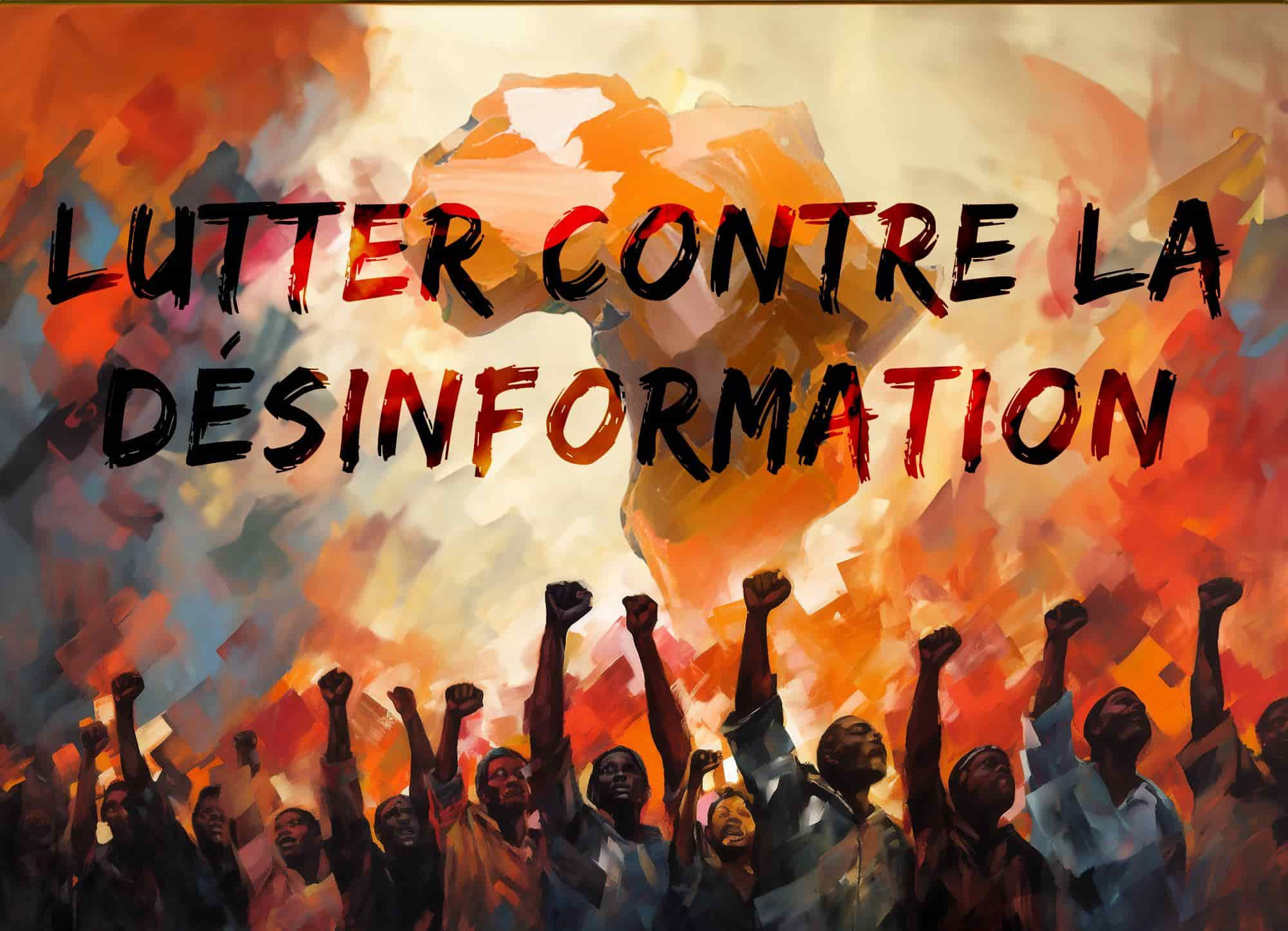
In all, nearly 288 cognitive bias are listed. If their existence is not only negative, some are exploited to manipulate public opinion. The most widespread of themselves confirmation biases. It validates ideas presupposed by selecting the information that confirms it. It comes to reinforce a person in his ideas and prejudices. For its part, the "halo effect" has the consequence of granting an "degree of credibility" to an expert that he does not have. Qualitative anchoring shows how the formulation of a question is likely to influence the answer. "Group effect" hidden a person's beliefs according to those of the group. "The framing effect" influences the choices of an individual according to the way in which the information is presented. The availability bias causes an overestimation of the importance of easily accessible information.
These biases are an integral part of human thought. Bad news, it is therefore impossible to eradicate them completely. In order to protect themselves against their manipulation by others, the solution therefore lies in the development of his critical thinking .
It is a question of gathering data on the subject, analyzing them, then questioning the logical veracity of information, in the most objective way possible. For Axel Dyèvre , treasurer of the European Think Tank Think the Future:
" Being aware [the manifestation of your own biases] and faced with exercises improves your ability to recognize risky situations ."

